Planning a getaway can be thrilling, but leaving your beloved plants behind is nerve-wracking. Ensuring they remain vibrant during your absence might seem daunting, yet with some simple strategies, you can have peace of mind. Whether it’s arranging self-watering systems, modifying their environment, or asking a neighbor for help, caring for your green friends doesn’t have to be tricky. Prepare effectively, so your return is greeted by flourishing foliage.
1. Pre-Trip Plant Care Basics
Ensuring your plants stay healthy while you’re away requires some strategic planning. Before leaving, it’s crucial to give your plants a thorough check-up. Start with hydration. Water all your plants deeply a day or two before you leave. Make sure the soil is well-soaked, but avoid waterlogging to prevent root rot.
Next, pruning is essential. Remove any dead or yellowing leaves and trim overgrown branches. This helps reduce the plant’s water and nutrient needs, making it easier to maintain during your absence.
Check for pests and signs of disease. Treat any issues immediately to prevent outbreaks while you’re away. Consider using natural remedies or mild pesticides a few days before your departure.
Evaluate your plant’s current living conditions. Ensure each plant is in an appropriate pot with good drainage. If necessary, repot plants to accommodate growth or improve drainage. This act not only supports plant health but also minimizes stress when you’re not around to monitor them.
Consider adding a mulch layer on top of the soil. Mulch helps to conserve moisture, maintain even soil temperature, and reduce evaporation.
2. Self-Watering Techniques
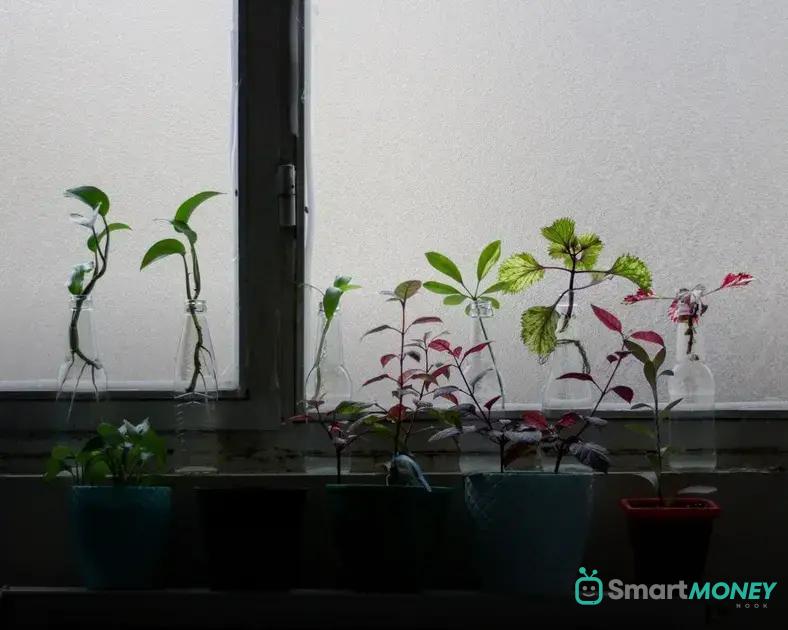
If you’re planning a trip but worry about your beloved plants, self-watering techniques can provide a reliable solution. These methods allow your plants to get the moisture they need without daily attention from you. One of the most popular self-watering methods involves using water reservoirs. A simple setup includes placing a container with water near your plant and using a wick that transports water from the reservoir to the soil. Wicks can be made from cotton or nylon strings and must be inserted deeply into the soil to ensure even moisture distribution.
Another effective technique is using self-watering pots. These pots come with a built-in water reservoir at the base, which supplies moisture to the roots through capillary action. This method can significantly reduce the frequency of watering and is perfect for people who travel frequently.
Homemade Solutions: If you prefer a DIY approach, try the plastic bottle drip system. Fill a plastic bottle with water, puncture small holes in the cap, and then invert the bottle into the soil. Water slowly seeps out as needed, keeping the soil evenly moist. This technique is suitable for larger plants or outdoor planters.
For those who have numerous smaller houseplants, consider grouping them together in the sink or bathtub lined with a towel. The damp towel will maintain a humid environment, providing enough moisture to sustain your plants for short durations.
These self-watering strategies ensure that your plant babies are nourished while you’re away, so you can enjoy your vacation without worrying about their well-being.
3. Adjusting Light and Temperature
Proper management of light and temperature is key to keeping your plants healthy while you’re away. Plants often adapt to their usual environment, so any changes could affect them. Consider the following:
- Light Exposure: Ensure that your plants receive the right amount of sunlight. If you are traveling during the summer, it might be helpful to filter intense sunlight by using sheer curtains. In winter, consider leaving lights on a timer to provide supplemental light if natural light is insufficient.
- Temperature Control: Extreme temperatures, either too hot or too cold, can stress your plants. If your travel plans coincide with temperature fluctuations, maintain a stable environment inside your home. Adjusting thermostats to stay within a safe temperature range for your plants is essential. Generally, keeping the temperature between 60°F to 75°F (about 15°C to 24°C) suits most indoor plants.
- Air Circulation: Maintaining good air circulation can help prevent mold and other issues. Consider using a fan on a low setting, especially if your house tends to get stuffy.
By carefully adjusting light and temperature conditions, you can protect your plants from environmental stress during your vacation.
4. Enlisting Help from Friends or Neighbors
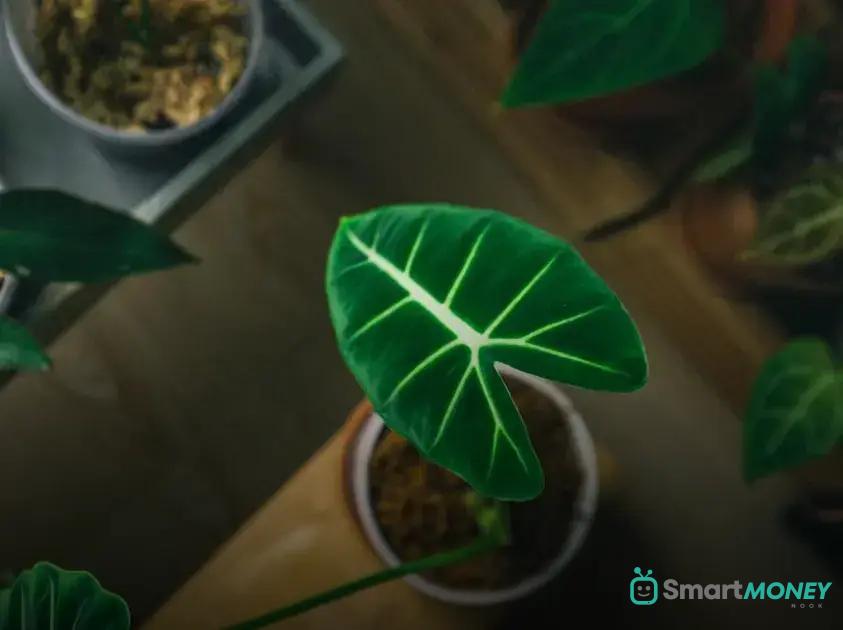
When you’re away enjoying your time off, it’s crucial to ensure the well-being of your plants. One effective way to do this is by engaging friends or neighbors who are willing to lend a hand. These caretakers can provide essential attention to your plants, ensuring they remain healthy and vibrant.
Start by selecting a friend or neighbor who is familiar with plant care or is eager to learn. Provide them with a comprehensive guide on your plants’ needs, such as watering schedules, lighting conditions, and any specific fertilizers to use.
Create a simple checklist to ensure they don’t miss any key tasks. This list might include watering on specific days, checking the soil moisture, and verifying the health of the leaves. Highlight any unique characteristics of your plants that may require special attention.
Set up a designated watering station so everything they need is easy to find. Pre-measure fertilizers, label equipment, and ensure materials are accessible. This minimizes the risk of errors and makes the task straightforward for your helpers.
Offer a small incentive or token of appreciation to show gratitude. Knowing their efforts are valued encourages them to take the task seriously and enjoy the process.
Enlisting the help of friends or neighbors assures that you’re not burdened with plant worries while away, and your plants are in good hands, ready for your return.
5. Returning Home to Healthy Plants
Returning home to lush and healthy plants is the goal every plant owner hopes to achieve after a vacation. To make this happen, inspect your plants thoroughly before leaving. Upon your return, check the soil moisture levels. Gently insert your finger about an inch deep. If it’s dry, it’s watering time. Gradual reintroduction of moisture is crucial to prevent shock.
Trim any dead or yellowing leaves to boost their appearance and encourage new growth. Utilize tools like pruning shears. Focus on removing parts that show evident signs of damage or decay.
Assess the light exposure your plants received while you were away. They may have adjusted to lower light levels. Gradually reintroduce them to their usual sunny spots to avoid light stress. This transition supports natural balance, promoting health.
Consider using gentle fertilizers for a nutritional boost. Apply at half strength to ensure they don’t burn the roots. Start with this method and adjust based on the plant’s response.
If any plants show signs of pest infestation upon your return, take immediate action with organic or suitable remedies to prevent the issue from spreading. Consistent inspection ensures your plants remain safe and thriving. By following these steps, your beloved green friends will seamlessly continue to flourish, just as if you had never left.

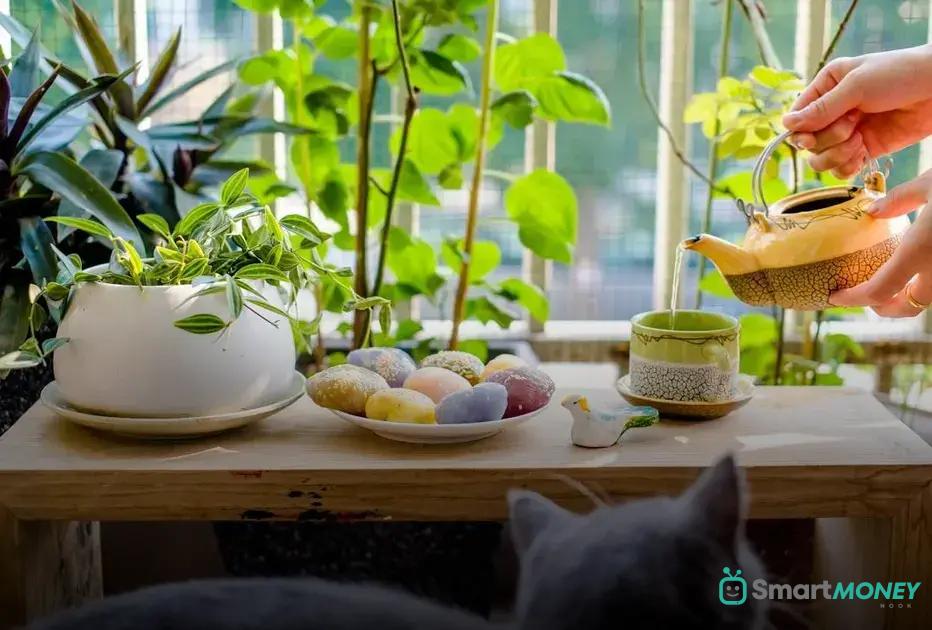
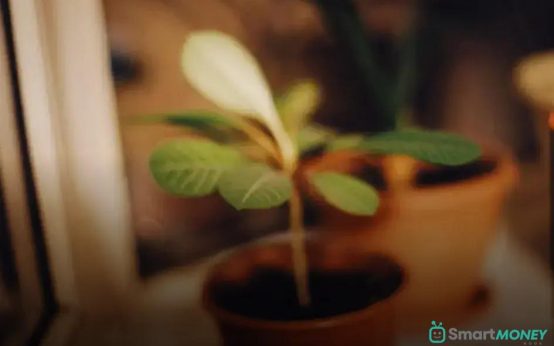 How to Start a Plant Journal to Track Growth Effectively
How to Start a Plant Journal to Track Growth Effectively 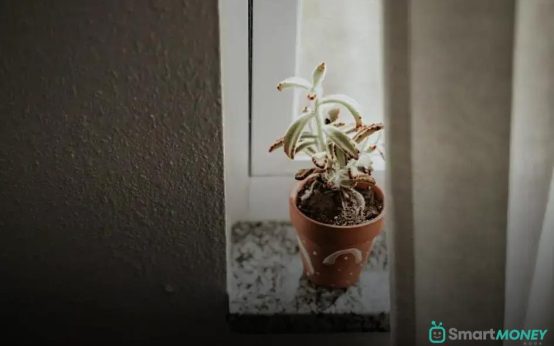 Growing Edible Plants Inside Your Kitchen: Tips & Tricks
Growing Edible Plants Inside Your Kitchen: Tips & Tricks 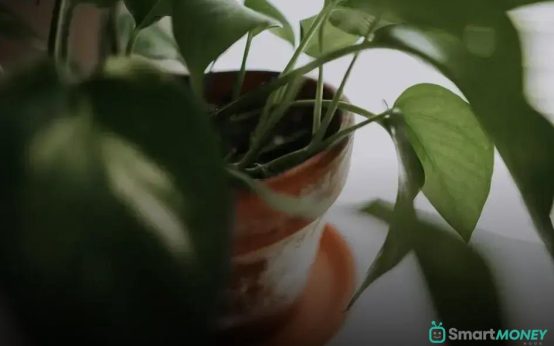 How to Rescue a Dying Houseplant: Easy Tips and Tricks
How to Rescue a Dying Houseplant: Easy Tips and Tricks